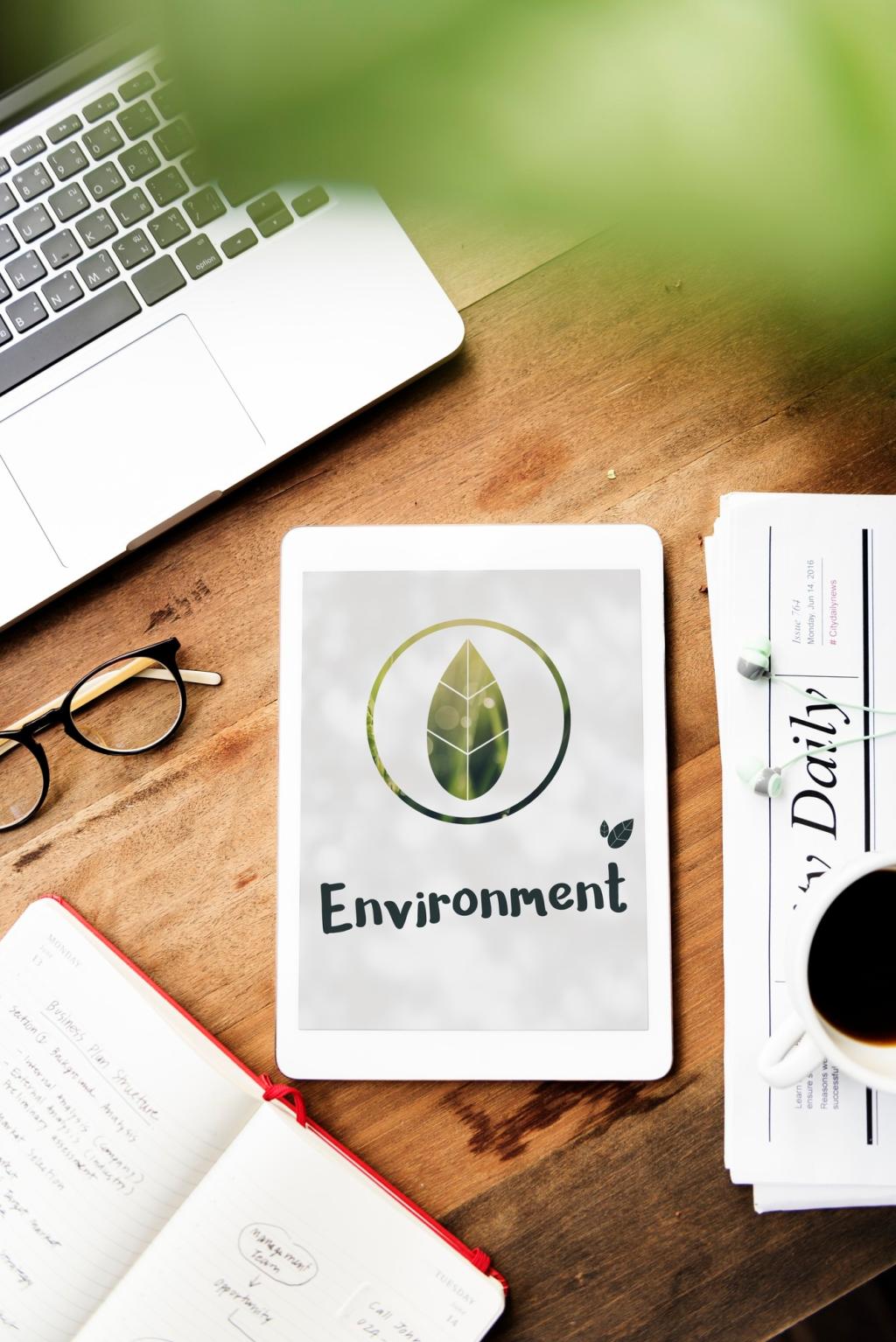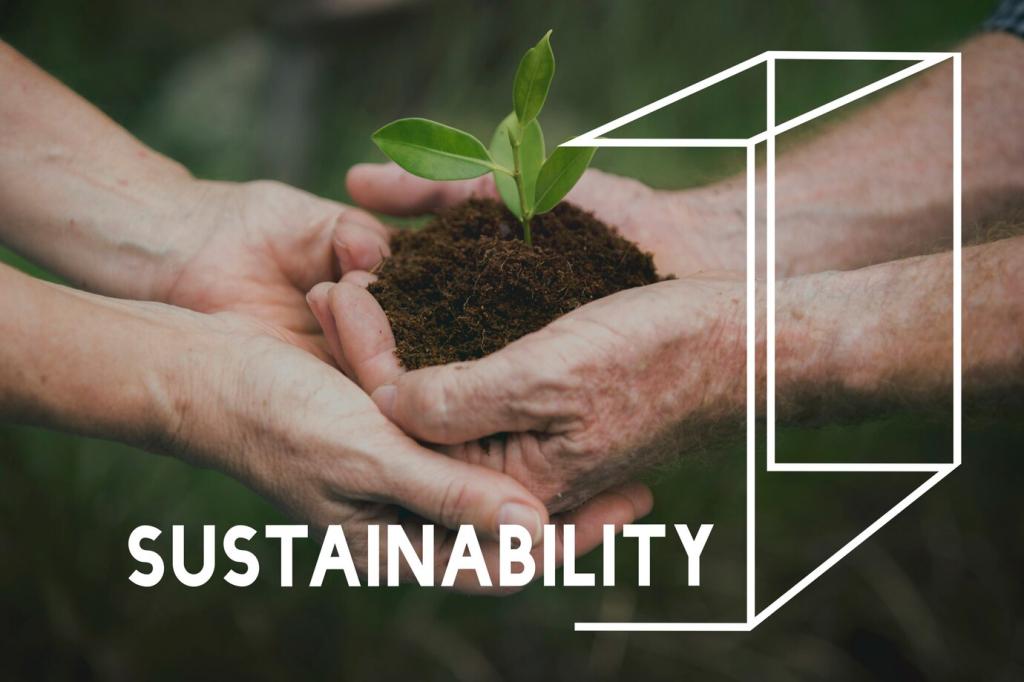
Green Building Practices and Their Impact
Green building practices represent a new era in sustainable construction, focusing on minimizing environmental impact while maximizing resource efficiency. They encompass methods and materials that reduce the carbon footprint of buildings, improve indoor air quality, and encourage responsible use of energy and water. With increasing concerns about climate change, green building is no longer a trend but a necessity for future-proofing communities and enhancing the well-being of individuals. The adoption of these principles is transforming skylines worldwide and forging stronger connections between people and the planet.
Sustainable Construction Methods
Material Selection for Sustainability
Selecting the right materials is fundamental to sustainable construction. Green buildings prioritize renewable, locally-sourced, and recycled materials that reduce environmental impact during extraction, manufacturing, and transportation. Innovations in construction now offer alternatives such as bamboo, recycled steel, and reclaimed wood, which combine durability with a reduced carbon footprint. Choosing sustainably certified products also ensures that forests and ecosystems are protected. These materials not only contribute to building longevity but also help regulate indoor air quality, providing healthier environments for occupants. Ultimately, responsible material selection is a cornerstone of sustainable construction that benefits both people and the planet.
Energy-Efficient Building Design
Energy efficiency is at the heart of every green building. Advanced design strategies optimize the use of natural light, cross-ventilation, and insulation to reduce dependency on artificial heating and cooling systems. The orientation of buildings, high-performance windows, and innovative roofing all play essential roles in minimizing energy consumption. Technological advances, such as smart lighting and automated climate controls, allow occupants to use energy more effectively. Through thoughtful design, builders can create environments that are comfortable year-round while significantly decreasing operational costs and environmental impact.
Water Conservation Methods
Water conservation is integral to sustainable building design. Green practices use low-flow fixtures, rainwater harvesting, and graywater recycling systems to limit potable water use. Site planning incorporates landscaping with native, drought-resistant plants that thrive without excessive irrigation. Efficient plumbing systems ensure that water is used judiciously within buildings, reducing the burden on municipal resources. Over time, these water-saving strategies lower utility bills and contribute to the preservation of vital freshwater ecosystems, demonstrating how thoughtful design safeguards resources for future generations.
Health and Well-being in Green Buildings

Improving indoor air quality is a crucial aspect of green building practices. Traditional building materials and cleaning products often release harmful chemicals known as volatile organic compounds, which can adversely affect health over time. Green buildings prioritize non-toxic finishes, frequent air filtration, and the integration of natural ventilation systems. Plants and advanced filters help remove pollutants, ensuring that occupants breathe cleaner, healthier air. By systematically assessing and controlling indoor contaminants, green buildings create spaces that support respiratory health, reduce the risk of allergies, and contribute to overall quality of life.
One of the most significant economic benefits of green building is the reduction in operating costs. Energy-efficient appliances, superior insulation, and advanced HVAC systems sharply decrease utility expenses. Water-efficient fixtures and plumbing lower water bills, often with substantial long-term savings. Green buildings are designed to require less maintenance and enjoy longer lifespans for their core systems, adding to the economic appeal. Over time, these cost reductions far outweigh any initial investments, making green building an attractive proposition for both commercial and residential property owners.

